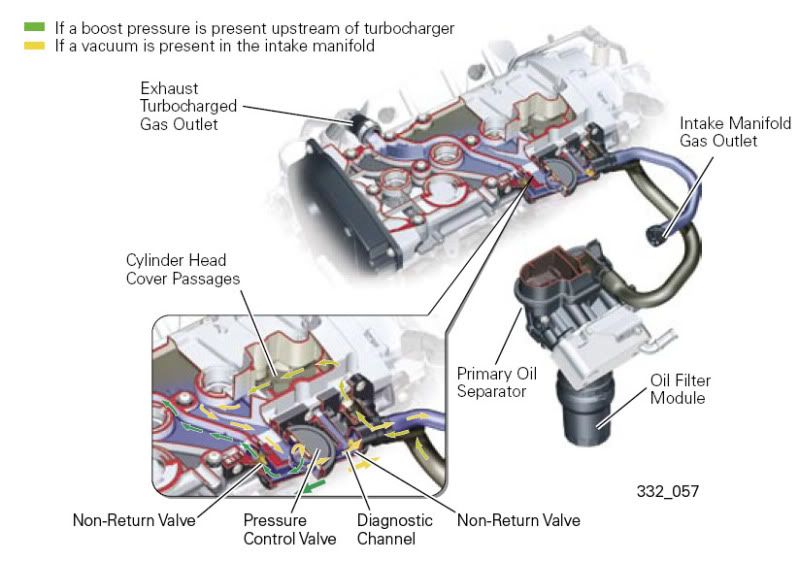saaber1,
Nice work and great write-up!!
Thanks for sharing.
I do have a question/concern why is use of check valve necessary?
how much back pressure does you cat back exhaust has at WOT?
you will get most blow by at WOT and if that is the time that check valve has to prevent exhaust(due to the back pressure from your cat back) from going into crankcase then you are not getting all the functionality you wanted. Your crankcase will be somewhat pressurized until it overcomes the back pressure of the exhaust...
I guess a good way to test this is to remove check valve and run the hose from exhaust to the cabin and see if you get any exhaust gas out of it during the WOT run?
btw where did you get those freeze plugs?
Nice work and great write-up!!
Thanks for sharing.
I do have a question/concern why is use of check valve necessary?
how much back pressure does you cat back exhaust has at WOT?
you will get most blow by at WOT and if that is the time that check valve has to prevent exhaust(due to the back pressure from your cat back) from going into crankcase then you are not getting all the functionality you wanted. Your crankcase will be somewhat pressurized until it overcomes the back pressure of the exhaust...
I guess a good way to test this is to remove check valve and run the hose from exhaust to the cabin and see if you get any exhaust gas out of it during the WOT run?
btw where did you get those freeze plugs?
Last edited:





